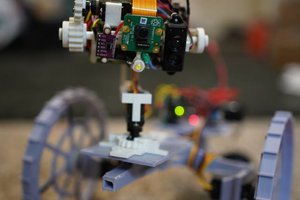This projected stalled, OpenCV is hard who knew.
Also the pan/tilt mechanism was kind of a fail due to the stiffness of the wires fighting the servos/preventing them from returning/going to the right position. Also no positional feedback.
I have another version in mind, smaller like this:

Anyway time will tell, my life might get rough for a bit (transitioning to a new job in the near future).
 Jacob David C Cunningham
Jacob David C Cunningham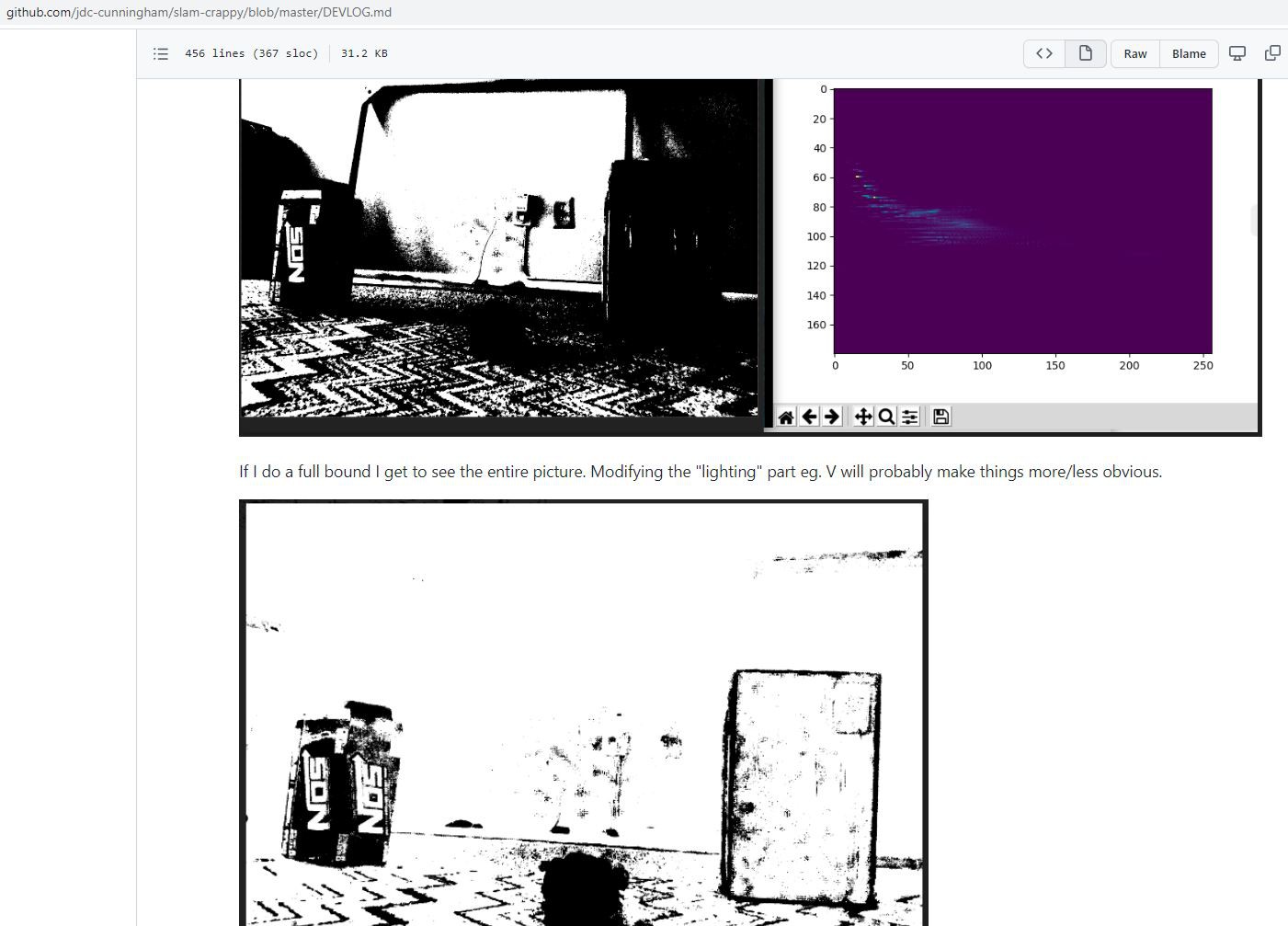
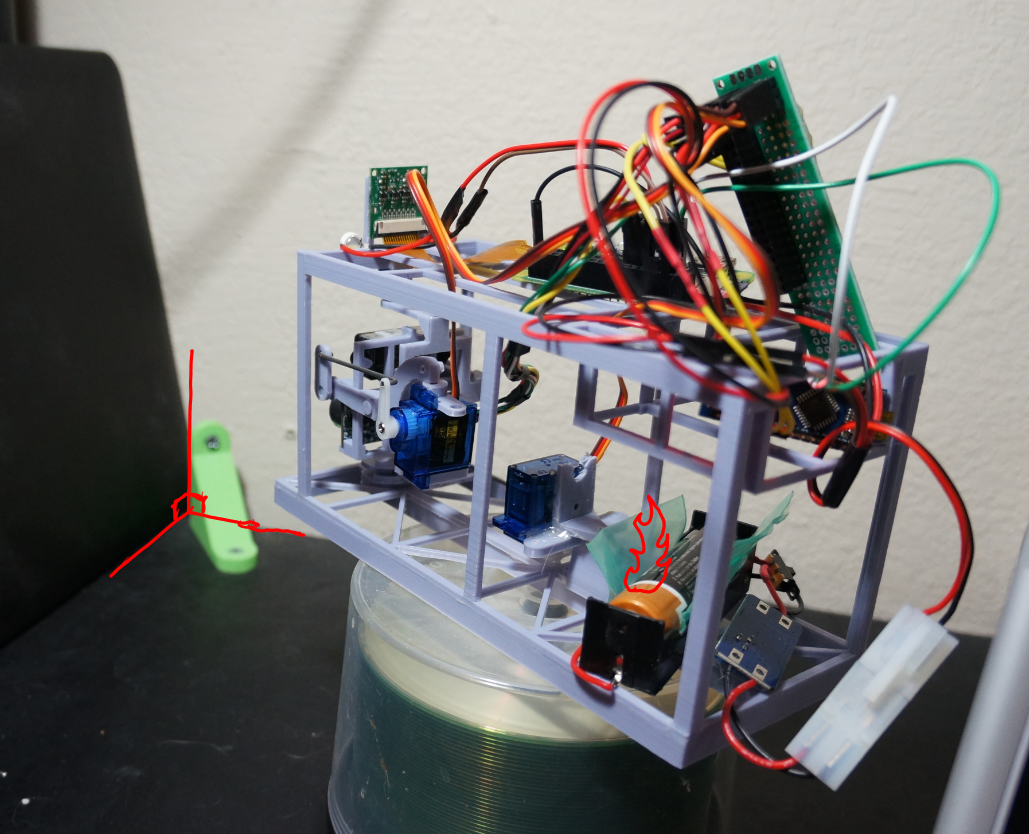


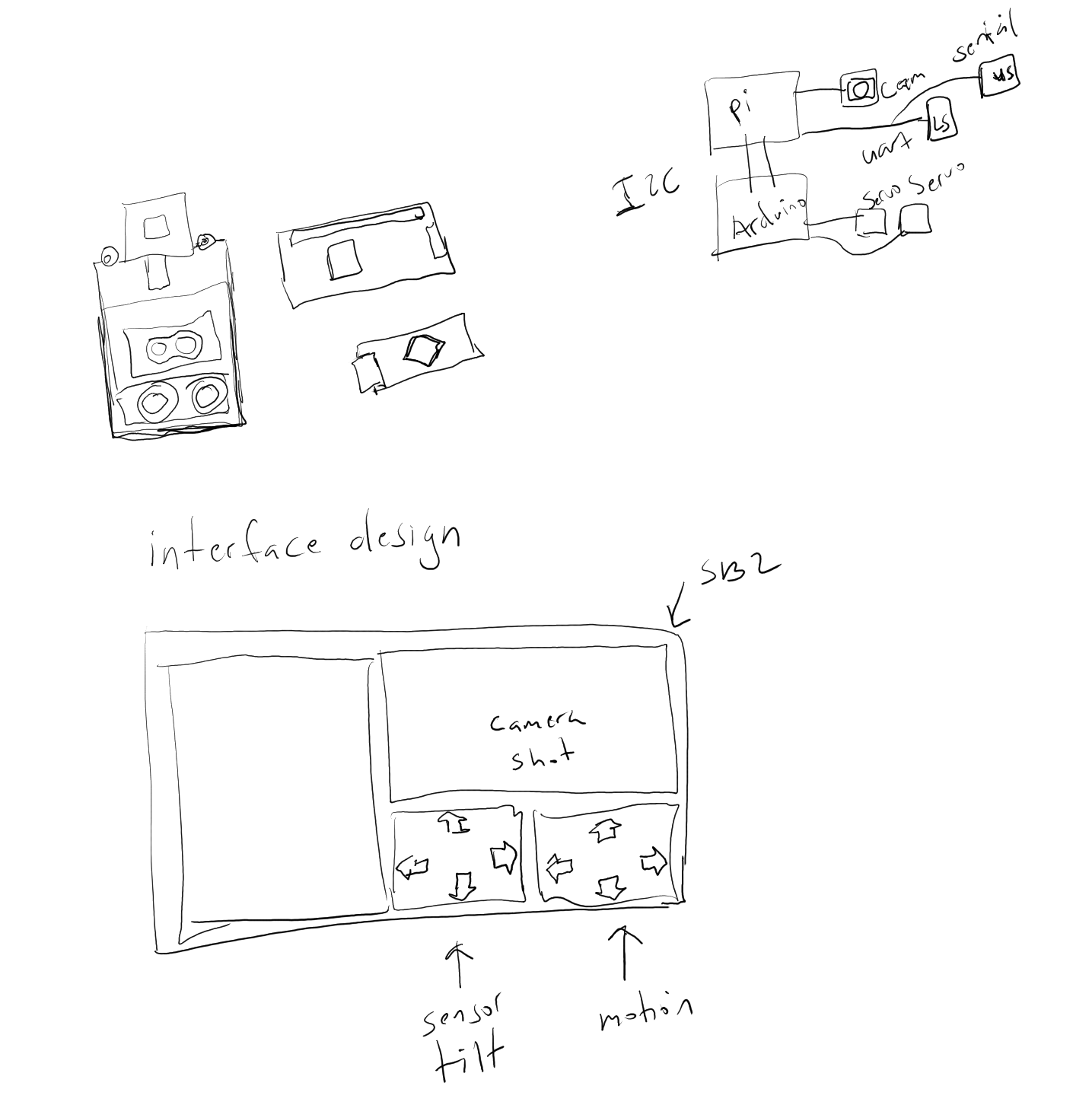
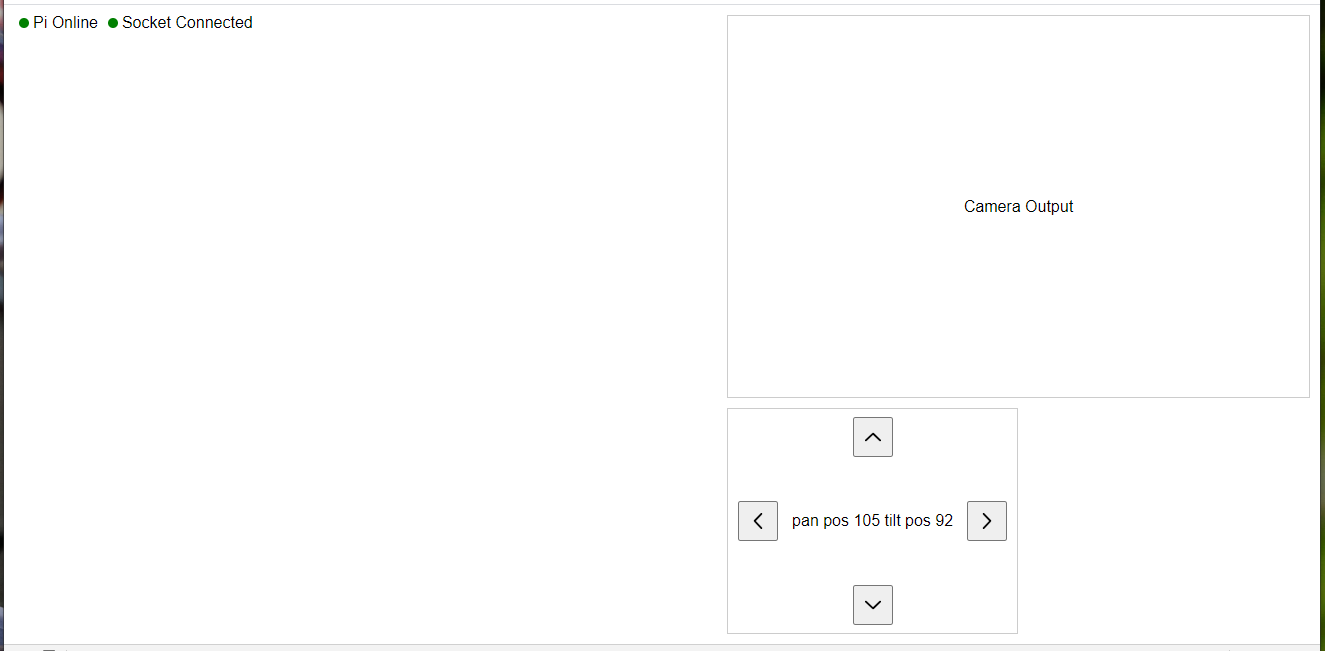
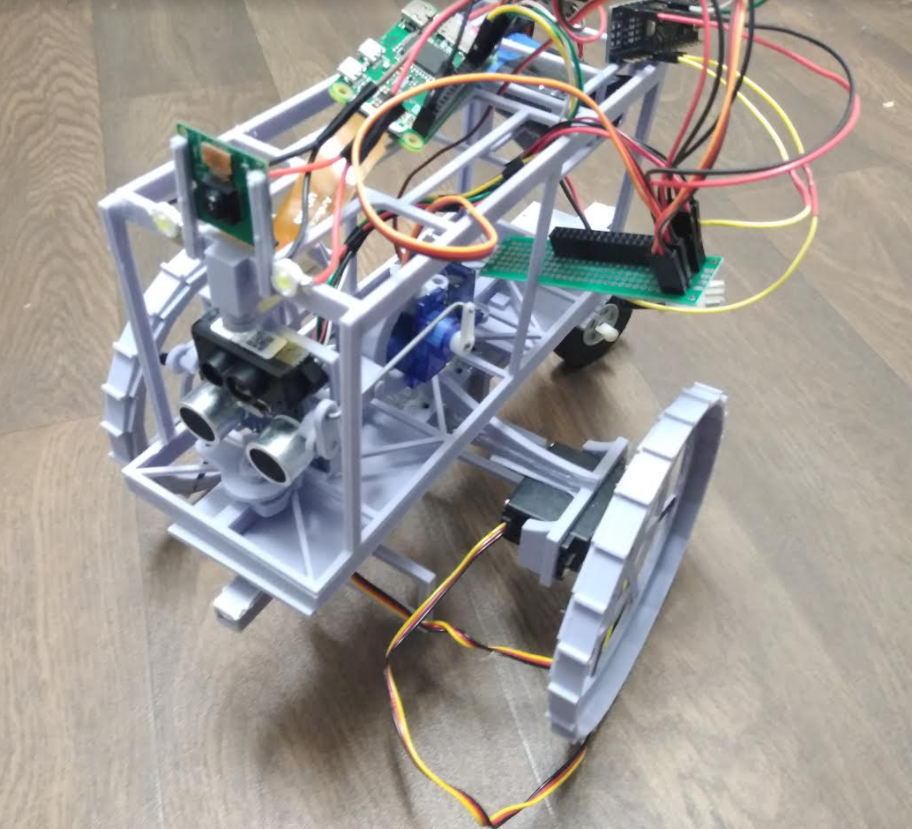

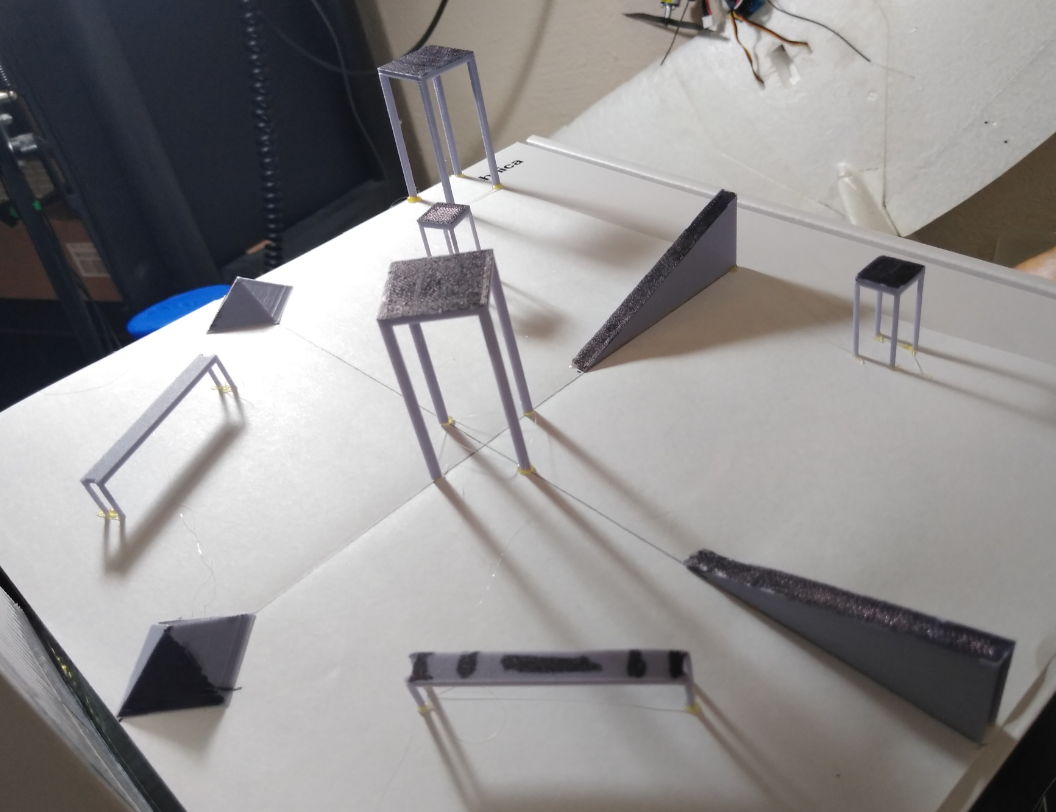





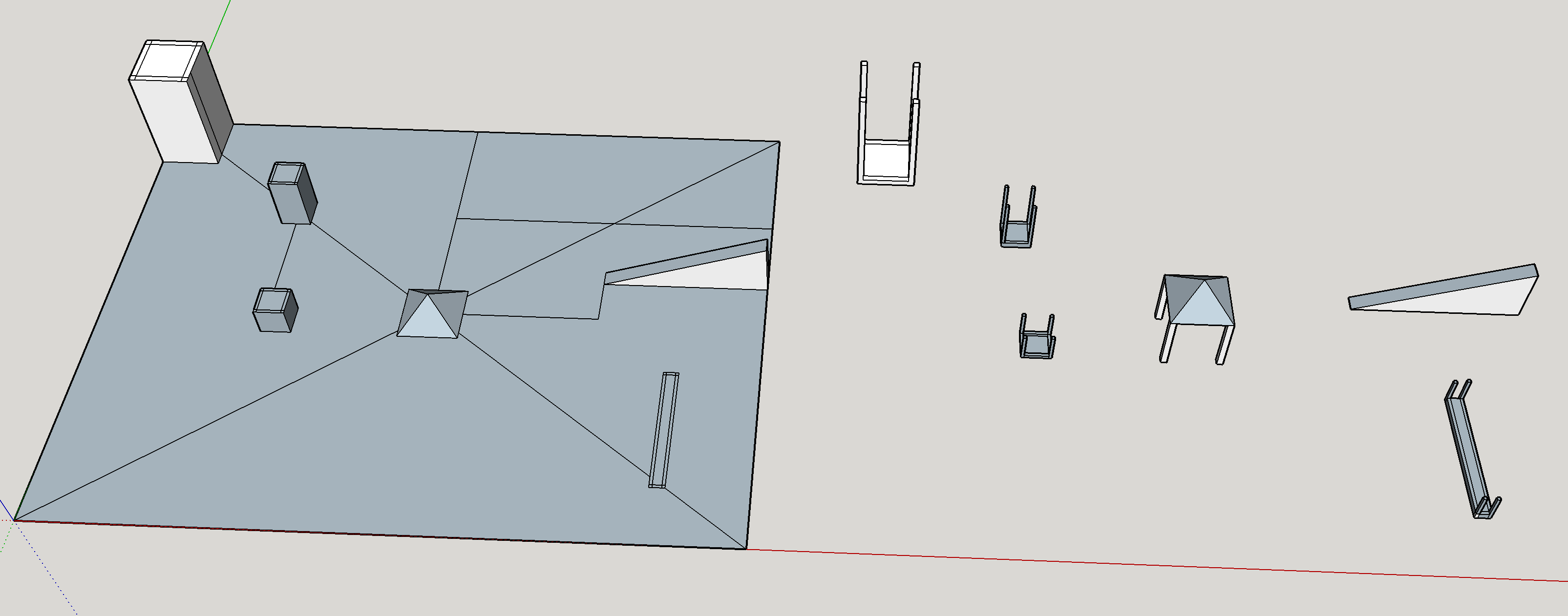

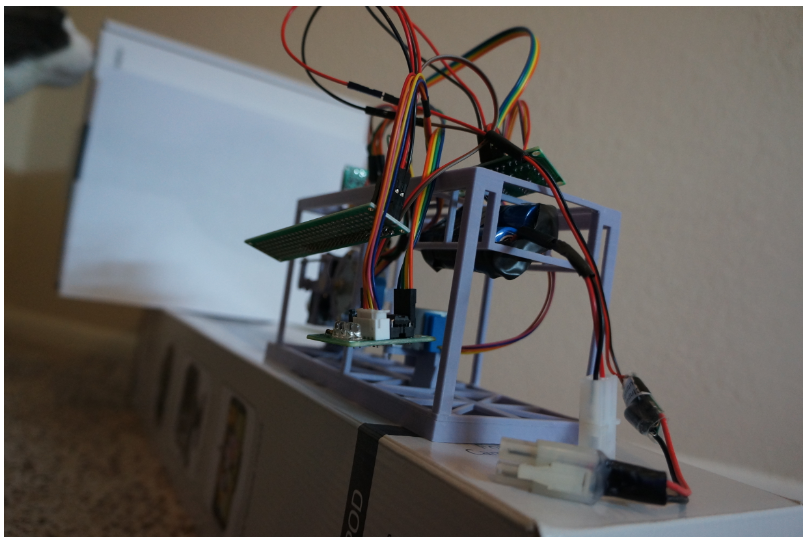


 Mister Malware
Mister Malware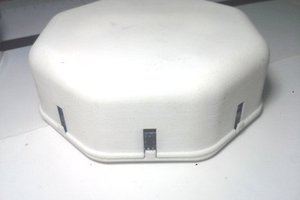
 Crypto [Neo]
Crypto [Neo]